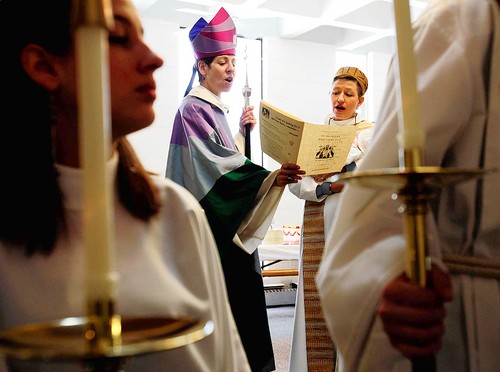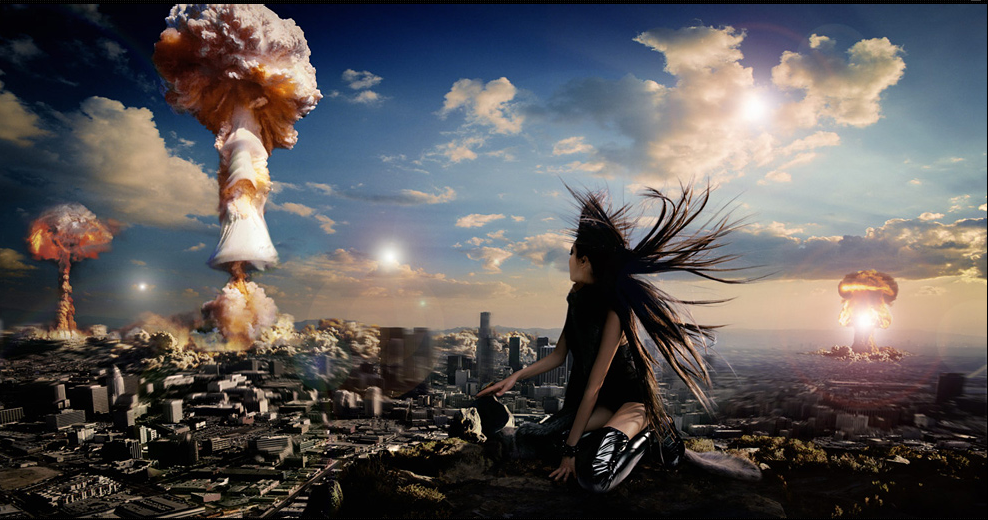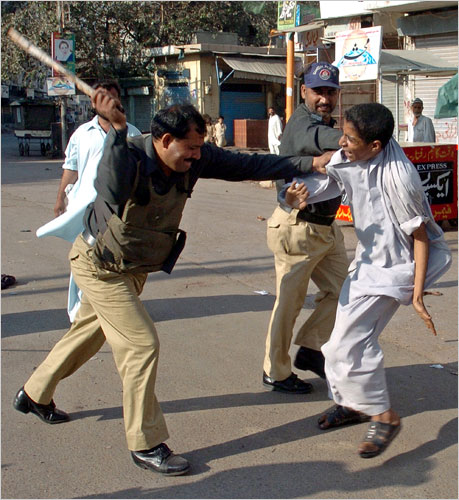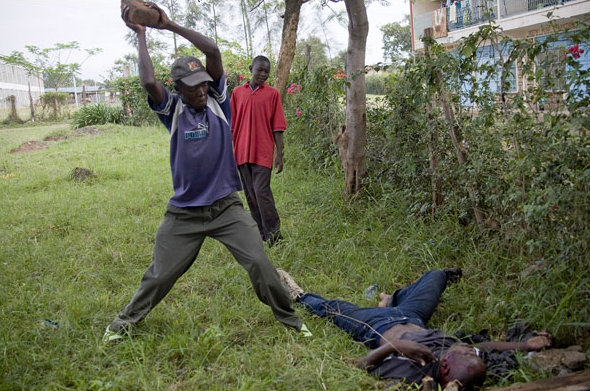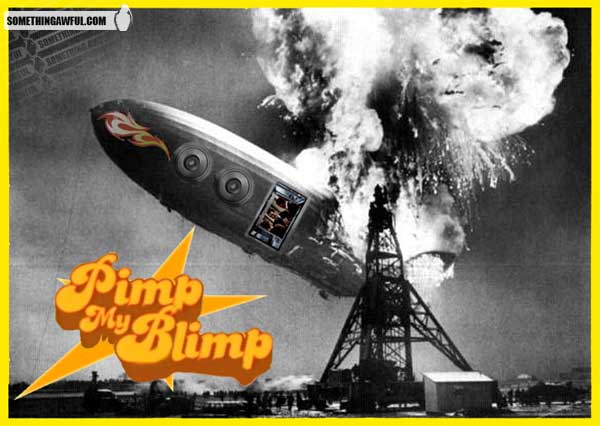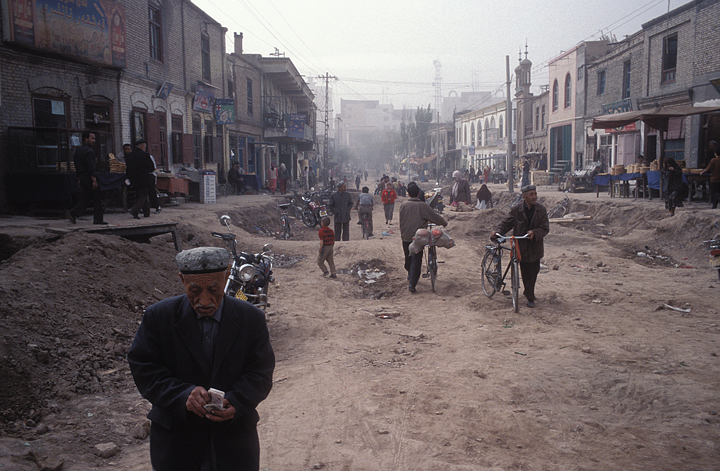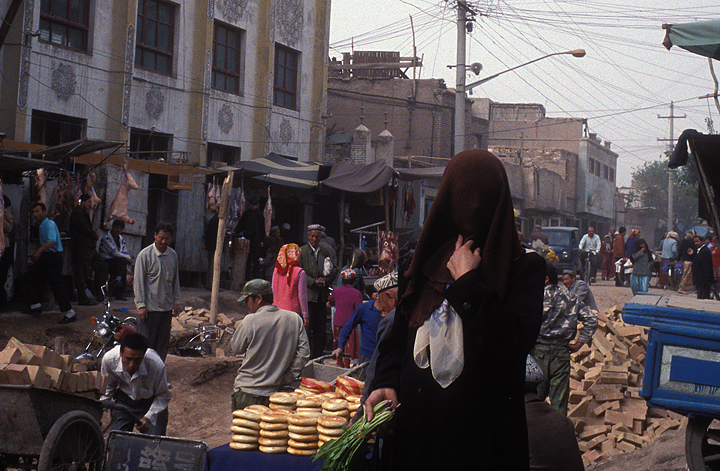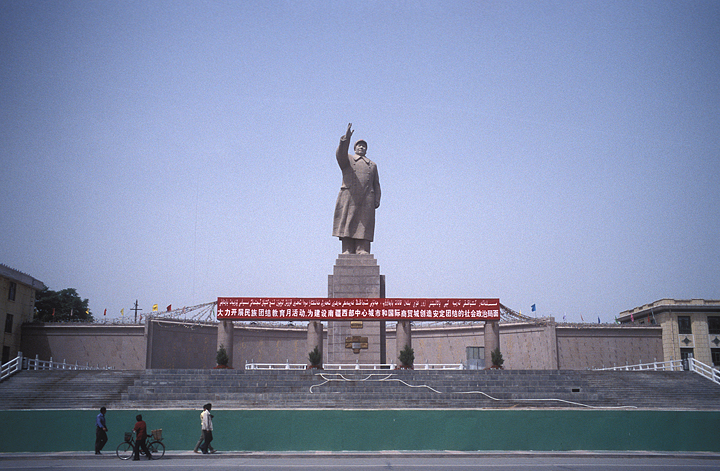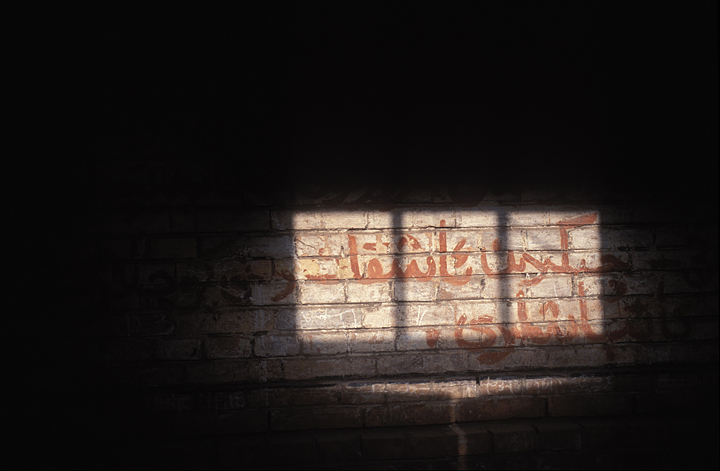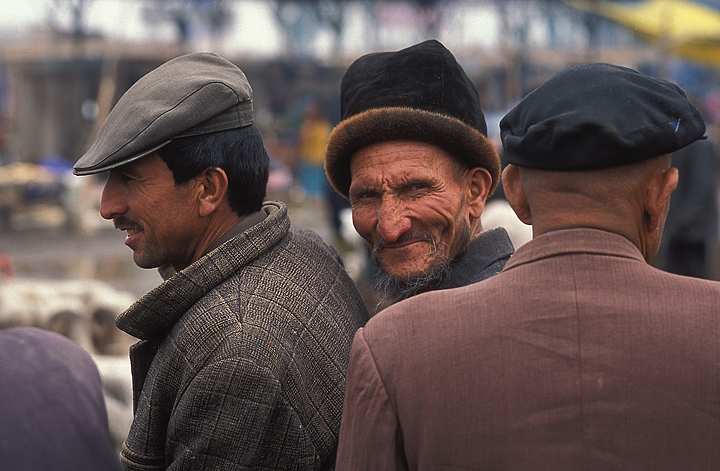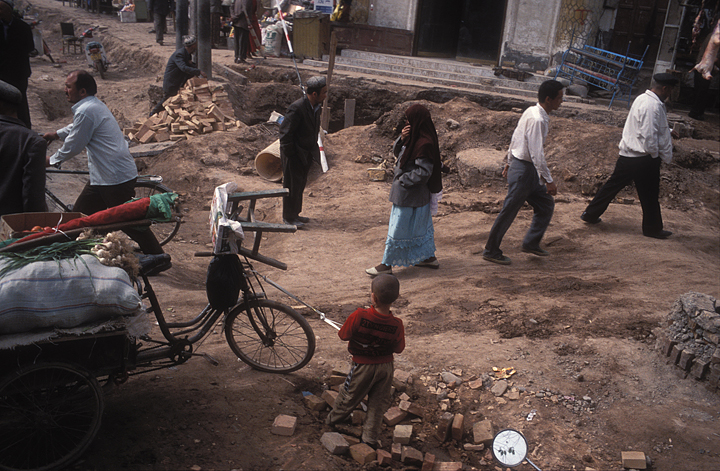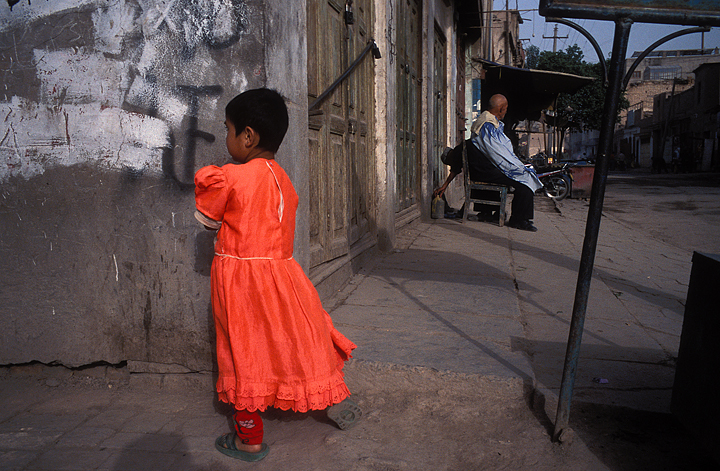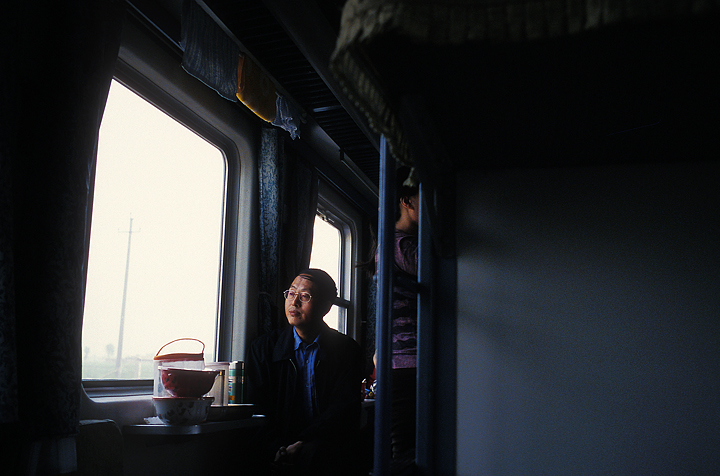Those familiar with the Western Christian liturgical calendar (both of you) will know that today is the beginning of Lent. The papers are full of street scenes from Mardi Gras: performers in outlandish costumes along with spectators reveling in the temporary disruption of routine and rationality provided by the carnival. Few of those at the party may know that they could find that year round in a church. The Episcopal church, for examnple:
This photo was taken at the installation of a bishop in Chicago a few days ago. I think it’s a hoot: despite the solemnity of the participants, they might as well be on a float in New Orleans. The church may have bestowed specifically Christian meaning on every item of dress and decor, but since the crozier is whited out it is easy to see that the women could just as well be in a Druid or Roman or any other “pagan” ceremony. Chastely covered, chanting rhythmically, carrying phallic symbols, they might as well be Vestal Virgins. For all I know, the Zorastarians also might identify. In any case, they are maintaining a symbolic hierarchy of older women bearing colors and the sacred text, and younger women in white serving as acolytes. Some things never change, I guess. And that’s not the half of it. Take a look at this:
This guy could be at the center of the parade. He’s the new bishop. He looks like a little boy playing king. And, of course, he is dressing up, in a form of play, as something that he is not. He sits on a throne surrounded by those courtiers favored enough to be in his presence. Two races and two genders are represented but age is regnant and a white guy rules. Most important, however, he has adopted the regalia of a premodern monarch, a temporal king, seemingly without hint of irony.
And there is more irony than you might think. The story of this installation is that he is a gay-friendly bishop–a progressive on the battle line that is breaking the Anglican Communion apart. And so this post about an infrequent, highly ceremonial, obviously extraordinary performance of church ritual can’t avoid the deep questions. Why is it that, in a world crying out in pain, the mainline churches today are consumed with the question of who gets to be a member of their club? And who are they to tell people how to appear in public, when their leaders go in drag as if they were medieval kings? Why are we supposed to be reverent when they dress up in robes and crowns, but appalled when two men hold hands?
Lent is to be a time of reflection. In that spirit, I should acknowledge that my reaction to the liturgical costumes reflects a Protestant theology and aesthetics. And, of course, hypocritically so. Some Protestant clergy still don medieval robes on Sunday, as do academics once a year for commencement, so I can’t throw too many stones here. More important, instead of self-righteous criticism the Episcopal ceremony can prompt humility. The two photographs above remind me of when I watched my first Christmas pageant as a parent. The gaggle of kids stood there at the front of the church, glittery wings akimbo, golden crowns sliding over their ears, playing their parts with no clue of how small and awkward they looked. At that moment I knew, this is how adults look to God.
Photographs by Stacey Westcott and Jose M. Osorio for the Chicago Tribune.
